Vikings Are More Fashionable Than You Thought
Vikings, what their burial attires reveal about their penchant for fashion and their connection to the Silk Road.
Vikings are known for being fearsome, seafaring warriors and skilled traders. In Norway, their reign lasted 250 years.
Little was known about their taste for luxury goods such as silk, until the discovery of the Oseberg burial mound in 1904. One of the two women found in the mound was thought to be Norwegian Queen Åsa of the Yngling clan.
On this Silk Road conversation, University of Oslo professor, Dr. Marianne Vedeler talks about the silk fragments found in the Oseberg ship burial. How the elite Vikings adorn the luxurious fabric on their fashion accessories.
What her finds revealed about the Viking trade on the Silk Road and the value of silk in Scandinavia during the Middle Ages.
Interview with University of Oslo professor, Dr. Marianne Vedeler on the Vikings connection to the Silk Road
(TRANSCRIPT OF INTERVIEW)
The transcript of the interview has been edited for brevity and clarity.
SILK ROAD TODAY: Thank you Dr. Marianne Vedeler for joining us on the Silk Road conversation this afternoon.
Can you tell us what your discovery in the Oseberg ship burial, about the Vikings and the connection to the Silk Road?
DR. MARIANNE VEDELER: It’s very interesting to see all these silks in one single grave from the Viking Age found in Norway. It tells us all the raiding and trading that the Vikings did.
They went very far to get these silks. Some of them are from Central Asia and some from the Byzantine area.
It also tells us about how the different traders met on their way and interpreted the silk in different ways.
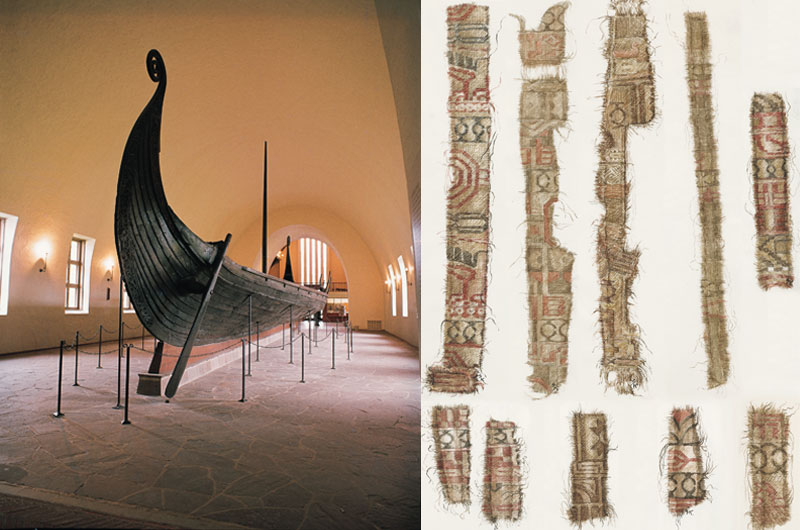
Replica Oseberg Ship at the Viking Ship Museum and silk fragments found at the Oseberg burial mound. (Johan Berge/Visitnorway.com/Museum of Cultural History, University of Oslo)
We can see that it’s used in different ways in Central Europe and far up in the north, in Scandinavia. The patterns and the mythology laying in the patterns are used differently in different areas.
Silk came to Scandinavia for the first time in the 9th century. We know that because in the burials that archaeologists are excavated, we find silk for the first time in the 9th century.
I have studied silk from the 9th and 10th centuries and that’s the earliest silk was ever found in Scandinavia.
The Scandinavians didn’t have the technology or the raw materials to produce silk themselves. It’s obviously imported from Central Asia and from a large Persian production area.
Scandinavian Countries Where Silk Was Discovered
SILK ROAD TODAY: Was it through the artifacts of the Oseberg burial site that contains silk or was it in other places in Scandinavia that silk was found.
VEDELER: Silk from the 9th and 10th centuries have been found in 23 sites in a total of 94 graves spread all over Scandinavia. In some core areas, we found a lot of silk. Some silks spread all over, even high up in the north of Norway.
It’s also found in Denmark and Sweden and some places in Finland as well. The biggest find was actually the Oseberg burial site – it had the largest amount of silk.
Yes, the largest amount of silk and also the most varied in one single grave. That is from Oseberg in Norway, and there we have a lot of different kinds of silk as well. You not only have samitum or samite silk but also embroidery made of silk.
And they probably imported silk threads because we can see that textiles made in Oseberg area or the southern part of Norway both contain traditional North patterns. They have used threads of silk.
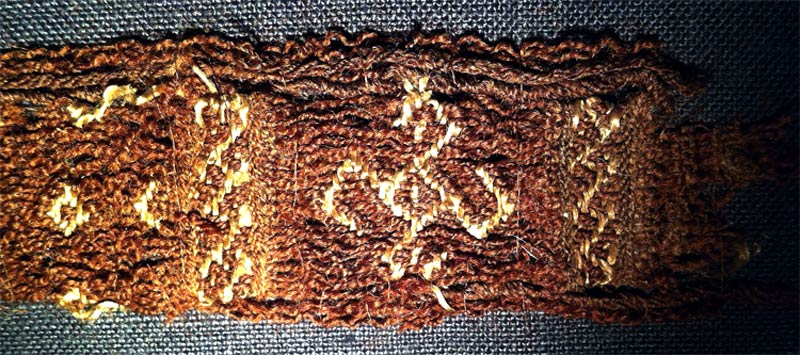
Close up view of the silk threads (Museum of Cultural History, University of Oslo)
Trade and Travel Route
SILK ROAD TODAY: In your presentation earlier you spoke about how the silk was transported from the east to Scandinavia going through Russia and going through Central Asia.
Now, did the Viking ships actually travel all the way to Persia to get the goods or how did they travel… the route that they went.
VEDELER: We don’t know this. Probably the silks have gone through different hands and different people along the way.
Probably people from both Scandinavia, from Central Asia and from the areas between have contributed to bringing the silks along the way.
How Was Silk Used ?
Silk is only found in the very rich graves in Scandinavia. The richest graves contained silk and it must have been very, very expensive. We can see that in a grave like Oseberg.
Two women were buried with a lot of different objects: 15 horses, four wagons, a lot of equipment, and yet the silk fragments are very tiny and small.
They were first used face on. Then when they were worn, they used the underside. That tells me that silk has been very, very precious at this time.
Silk were probably sewn on to tunics and headwear. But we don’t always see how this is done because the other parts of the garments are almost always gone.
So it’s difficult to see exactly how they were used but, they were probably used in tunics in life. And then when they were buried, the richest people were clothed in this material.
It went from a garment used for daily life and was later transformed into a burial garment. So that’s why the Viking ships from Oseberg is the world’s best preserved Viking ship in the world.
SILK ROAD TODAY: Well, thank you very much doctor for sharing your insights on the silk discovery in the Oseberg burial site.
VEDELER: Thank you.
Dr. Vedeler has published her discoveries in her book, Silk for the Vikings (Ancient Textiles) and it’s available for purchase online.
I have compared the silk found in Oseberg with other silk finds from the Viking Age in Scandinavia. There is a common pattern of distribution, use and origin in all of Scandinavia.
The use as well as the meaning of colours and patterns differs from what we see in the production areas and also from other parts of Europe.
Still, I argue that silk became a link between the aristocratic Christian Europe and the chiefs of the heathen North.
The silk should be seen as an actor in the political game of Scandinavian leaders in the Viking Age, connecting and associating them with leaders in other parts of Europe.
It`s economical and esthetical value and it`s value as an exotic object made it a useful actor on the political scene across ethnic and religious boundaries.
When these silks finally reached Scandinavia from Byzantine and Persia, they were regarded as extremely precious. This is expressed in many ways.
Only the richest and most highly ranked men and women were buried with silk. The fabrics were cut in narrow strips that were sewn onto clothing such as headwear and tunics.
In addition to the large ship, the two women buried in the Oseberg grave were provided with 15 horses, four wagons, a sledge and equipment for a whole house hold, among other things.
Yet, some of the samite silk strips sewn onto their clothing were first in use for a long time and then to be turned and sewn on again with the less used back side turning out.
By studying such grave findings carefully, we can conclude that these people were buried in clothing that they had used in life, and that silk was regarded as very valuable.

 © Nikao Media
© Nikao Media ©Nikao Media
©Nikao Media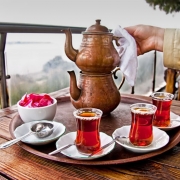 © Rep. of Turkey Ministry of Culture and Tourism
© Rep. of Turkey Ministry of Culture and Tourism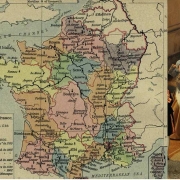
 © Nikao Media
© Nikao Media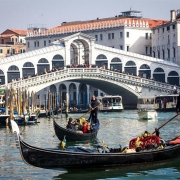 © LunarSeaArt | Pixabay
© LunarSeaArt | Pixabay © Rep. of Turkey Ministry of Culture and Tourism
© Rep. of Turkey Ministry of Culture and Tourism © Nikao Media
© Nikao Media